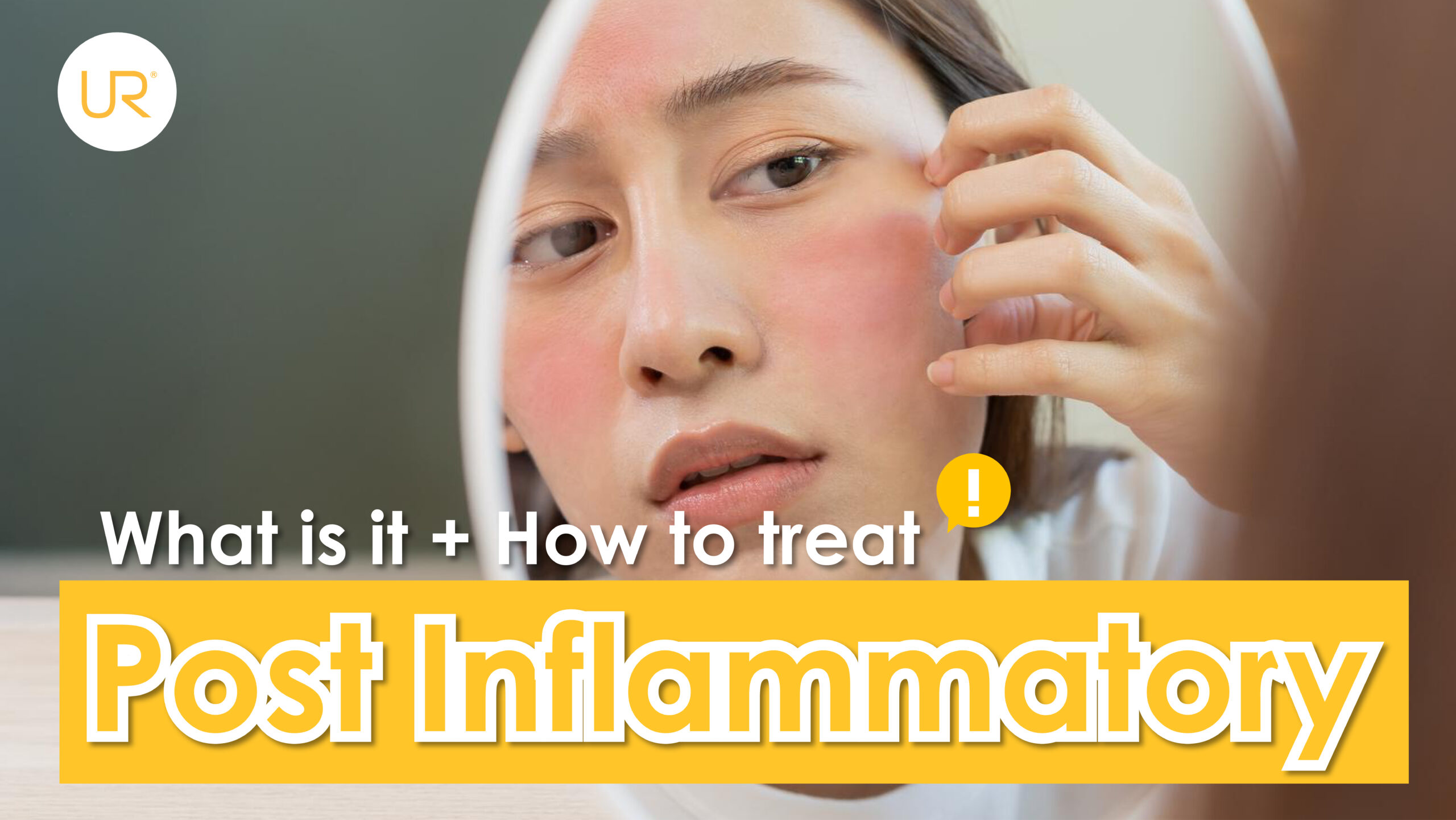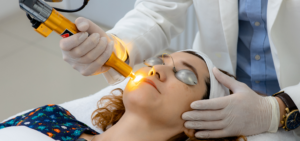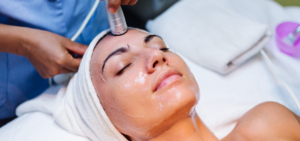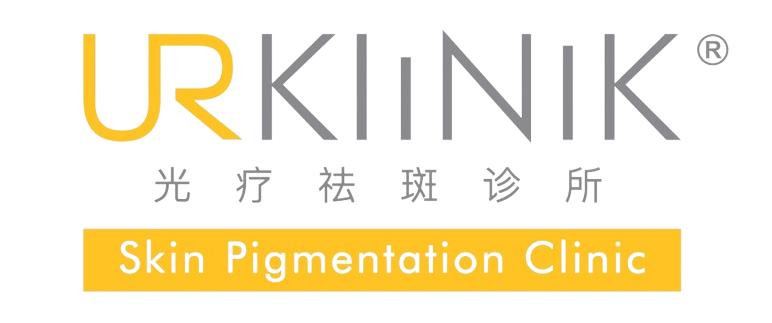
04 Jan What is Post Inflammatory Hyperpigmentation? How can we treat Post Inflammatory Hyperpigmentation?
What is post-inflammatory hyperpigmentation?
Post-inflammatory hyperpigmentation (PIH) is a type of hyperpigmentation (darkening) of skin which occurs after skin inflammation or injury. It is more common and severe in darker-skinned individuals (Fitzpatrick Type 4 to 6).
How does post-inflammatory hyperpigmentation occur?
When there is injury to the skin, inflammatory response of the skin occurs which stimulates melanocytes in the epidermal skin layer to produce more melanin. This results in darkening of the area of the skin.
Besides that, skin inflammation may also disrupt the basal cell layer, causing melanin in the epidermis to go into the dermis, forming deep pigment.
What causes post-inflammatory hyperpigmentation?
Generally, any condition that causes injury to the skin may cause post-inflammatory hyperpigmentation (PIH). The most common causes of PIH are acne and eczema. PIH may also occur after allergic reactions, bug bites, skin infections like chickenpox or traumatic skin injuries such as burn or cut.
How can we treat post-inflammatory hyperpigmentation?
Typically, topical depigmenting agents will be opted as first line treatment on top of photoprotection. Topical depigmenting agents include topical tyrosinase inhibitors such as hydroquinone, azelaic acid, kojic acid, arbutin, licorice extracts, other depigmenting agents include retinoids. However, topical depigmenting agents are effective on epidermal post-inflammatory hyperpigmentation only. Deeper or stubborn post-inflammatory pigmentation does not respond well to topical depigmenting agents. Also, It is important to apply cautiously to prevent irritation to the skin.
Alternatively, there are various dermatological therapies that help to lighten the pigmentation and speed up the recovery.
1. Light based therapy

Light based therapy is performed by a professional experienced clinician. Light based therapy is a more precise treatment as clinicians have more control over the intensity of treatment to be delivered in the treatment of PIH with deeper and stubborn pigmentation. There are various kinds of light with different wavelengths that can help to lighten PIH such as 532nm, 694nm, 1064nm.
In UR Klinik, our light therapy is based on the theory of selective photothermolysis using 1064-nm Q-switched Nd:YAG with lower fluence to treat post-inflammatory hyperpigmentation.
2. Chemical Peel

Applying chemical solution such as AHA(Alpha-hydroxy acid) for example lactic acid, glycolic acid to exfoliate epidermal cells containing excess melanin. Chemical peel must be done by professional clinicians as it has the tendency to cause skin irritation and additional hyperpigmentation.
How long will post-inflammatory hyperpigmentation resolve?
While most post-inflammatory hyperpigmentation resolves spontaneously with time, superficial (epidermal) post-inflammatory hyperpigmentation typically resolves or improves within 6 to 12 months. Deep dermal layer post-inflammatory hyperpigmentation takes longer time to improve, a small percentage of it may be permanent. However, with suitable topical and laser therapy, PIH resolves in shorter duration.
Patience is necessary as an aggressive approach might lead to more skin irritation and hyperpigmentation, treatment of PIH may take months to years depending on severity.
UV radiation may worsen post-inflammatory hyperpigmentation. Hence, it is also important to use broad-spectrum sunscreen and protective clothing when sun avoidance is not possible.
At UR Klinik, we offer effective pigmentation treatment in Malaysia, specializing in light therapy to rejuvenate the skin and address concerns like melasma, hyperpigmentation, and dark spots. Our personalized approach can help you achieve noticeable results. Contact us today to schedule your appointment and experience the transformative power of light therapy.


